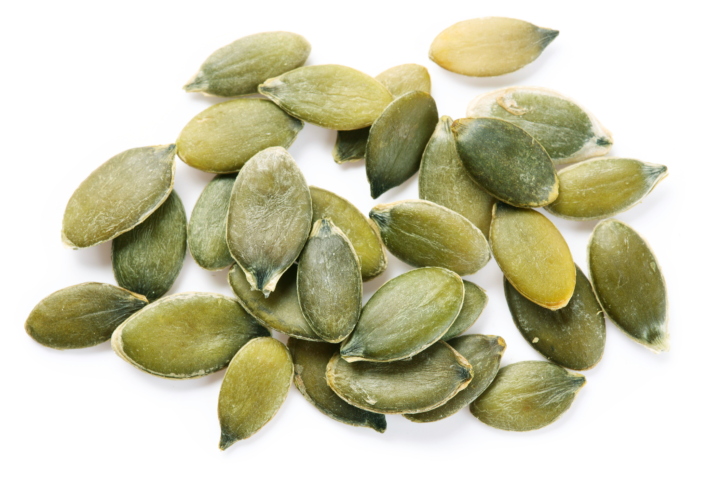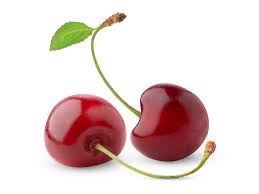The most underrated, yet influential, aspect of our health and wellness is our POSTURE.
We all know the mind and body are connected, but it is far more incredible and powerful than we give credit. Not only does posture affect our physical health and function but very importantly, posture affects our mental health and vice versa – think confidence, happiness and the ability to handle emotional and stressful situations.
Two things to think about: How posture affects our mental state, and how posture affects our physical health and ability to move.
Consider what your posture looks like when you are feeling sad, blue or insecure in a situation. Our body pulls inward towards a fetal, self-protective positioning. Think about your posture during your daily activities – maybe you're sitting here reading this while hunched over your blue-lit screen of choice, slouching with rounded shoulders and a forward head carry, at your desk, in your car or on your phone .. these positions can negatively impact your happiness, your ability to deal with stressful situations, AND how you move and function.
When we sit or stand with this poor posture, physically, we are compromising our ability to breathe deeply and fully, move properly, and ultimately down the road will lead to micro-trauma, muscular imbalances and injury such as neck, shoulder and lower back pain. Having a strong skeletal and muscular alignment allows the body to function at its best – efficiently, effectively and safely – minimizing the risk of injury and again, vice versa, improving your emotional state.
Consider what your posture looks like when you are happy, excited and confident in a situation. Shoulders back, chest open, head up, core engaged and feet firmly planted on the ground. When we stand with a powerful posture – even when we don't feel so confident and powerful, there is a positive chemical shift in the brain which will ultimately shift our mood. AND, you guessed it, we can move safely and efficiently.
Through awareness and small adjustments to your routine, you have the power to change your energy and mood as well as your physical appearance, how people perceive you and your resilience to stress, injury and trauma.
For the sake of your physical and mental health, let's get in line. Exercises to promote strong posture coming your way.
























